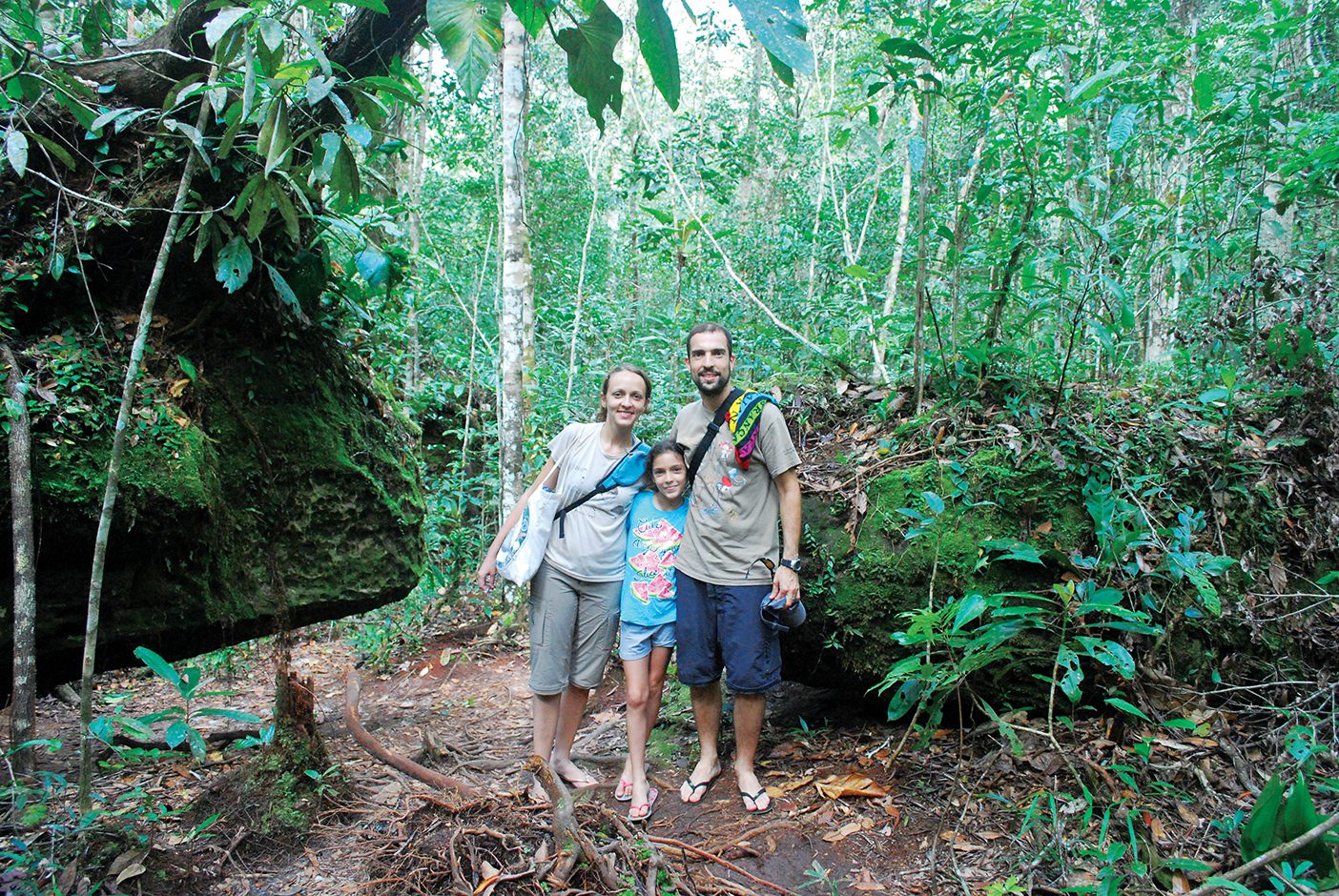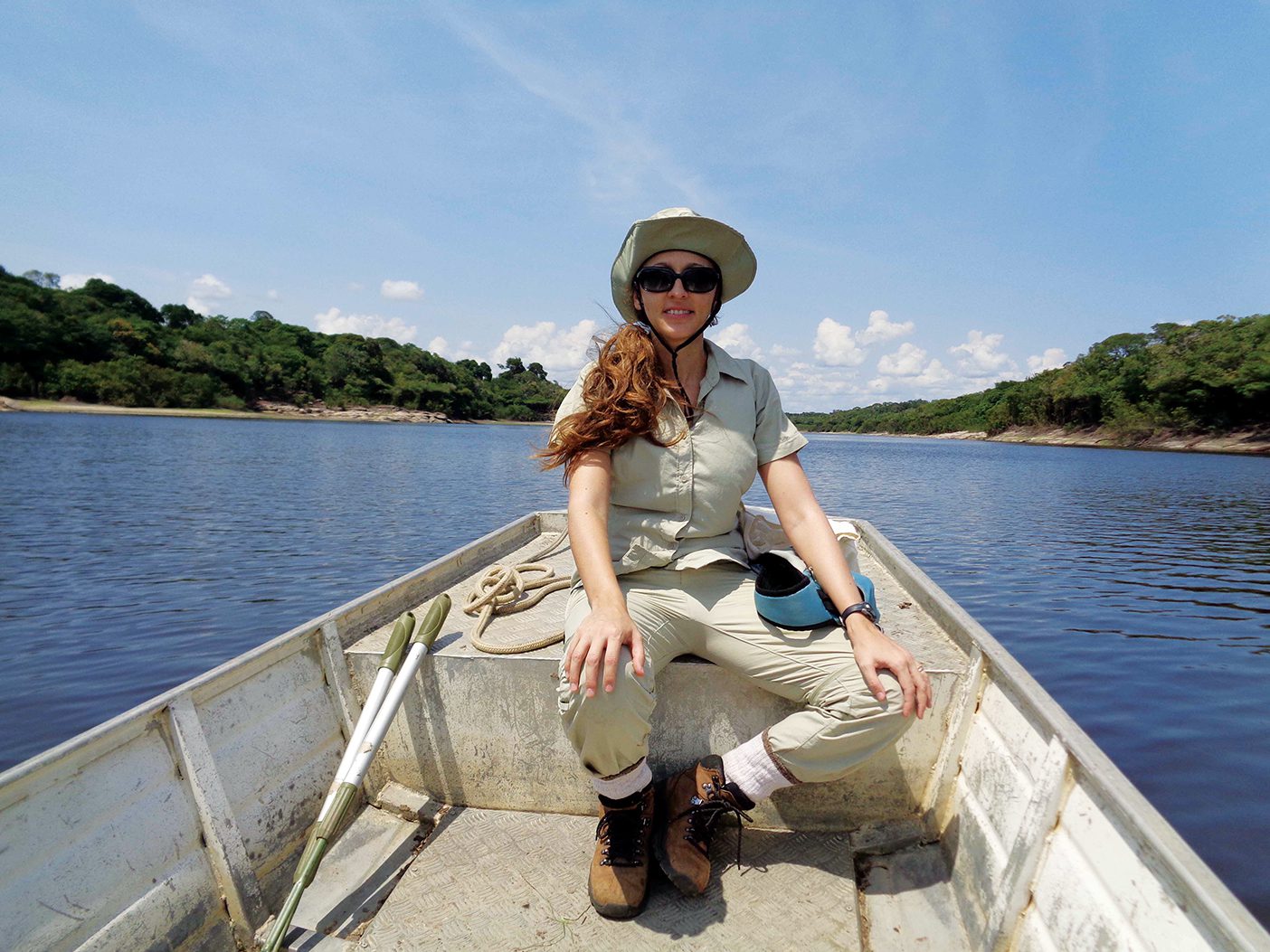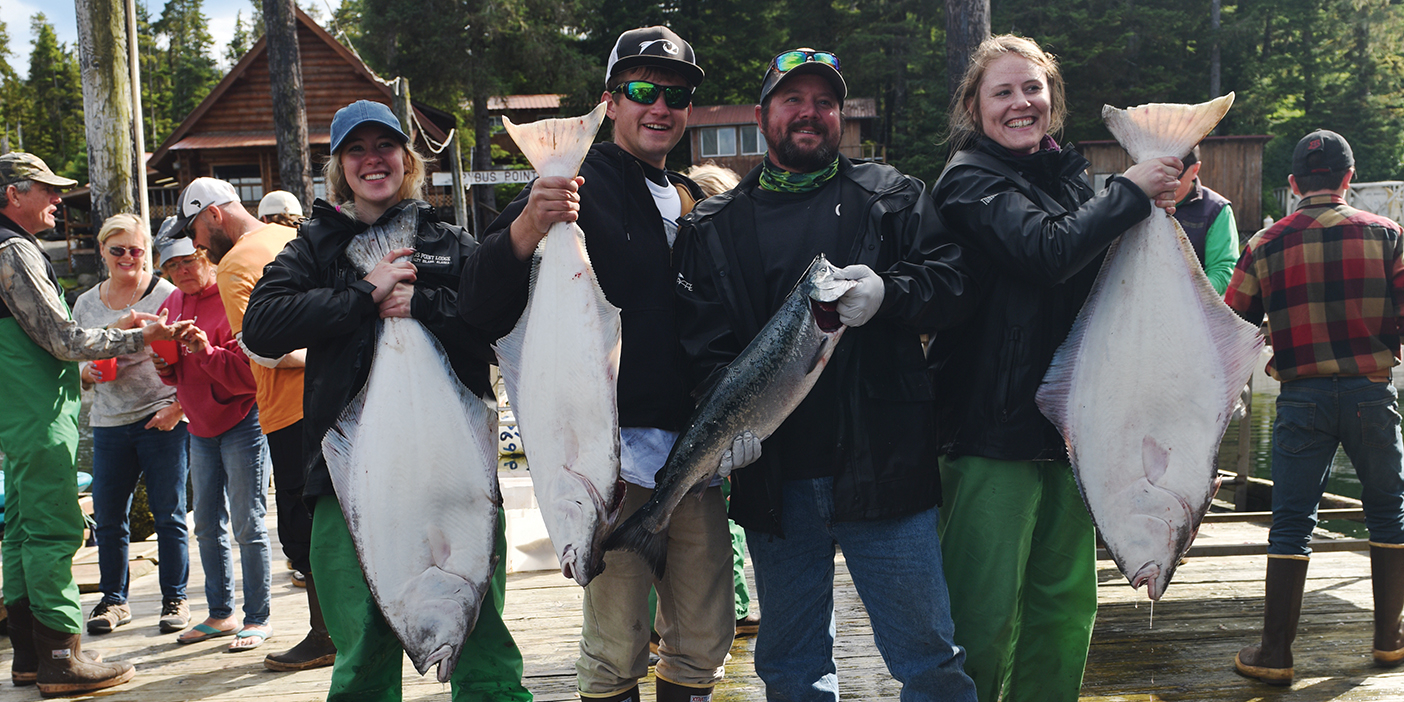
A salmon satin ball gown with a sparkling floral appliqué isn’t Fernanda P. Werneck’s (PhD ’12) normal work attire. She’s more at home in khaki shorts and a button-up field shirt, à la Jane Goodall. Nevertheless, in 2017, Werneck stood in the spotlight to receive a L’Oréal UNESCO International Rising Talent Award for Women in Science. She may be young, as scientists go, but her stature as a researcher of Amazonian reptile and amphibian biodiversity belies her age. Highly focused, Werneck researches and publishes rigorously and, with this prestigious award and grant, has become a role model for women in science in her home country of Brazil and around the world. “I think I was born to do science,” says the BYU grad.
She is not alone in her passion. Her husband, the nature- and animal-loving Rafael N. Leite (PhD ’13), also has a BYU doctorate in integrative biology. Both work for the National Institute of Amazonian Research in Manaus, Brazil, where they not only do research but teach, mentor, and orient other researchers and PhD students. The remoteness of their fieldwork in the Amazon rainforest and Cerrado (Brazilian savannah) requires grit, patience, and planning, but as a couple they support each other’s careers.
Leite and Werneck met at the University of Brasília while pursuing bachelor’s degrees in biology. Werneck studies reptiles and amphibians; Leite, small mammals (rodents and marsupials). After marrying and having a daughter, Iara, in 2005, they began exploring doctoral programs that had both mammalogy and herpetology, featured strong systematics and genetics programs, and were kid friendly. A visiting professor in Brazil had recommended BYU, so Werneck talked to BYU herpetologist Jack W. Sites, and Leite wrote BYU’s Duke S. Rogers, a small-mammal expert. BYU had the expertise and atmosphere they were looking for, says Werneck, who says coming was “a choice we don’t regret, not even a little bit.”
“All we had to do was get out of their way.” —Jack Sites
“Fernanda and Rafa were a great fit here and came knowing what they wanted to do,” says Sites. “All we had to do was get out of their way.”
Leite says he fell in love with the natural world and its animals while visiting his grandparents’ home in the Amazon Basin each summer. A lover of birds, he says fieldwork led him to become interested in neotropical rodents like the terrestrial spiny rat, part of a genus that extends from Nicaragua to Paraguay. His research casts light on how geographic regions affect biodiversity. For Werneck, a lover of physics, chemistry, and biology since high school, field trips tipped her toward biology. Her persistence as a biology undergrad got her into a month-long expedition to the Amazon, where her interest in herpetology began. Today she researches the processes, including climate, that affect genetic changes to—and the geographic distribution of—amphibians and reptiles.

Werneck has long advocated for women in science. She’s aware of the struggles women often face because of assumptions made about their capabilities as scientists. “We need more women,” she says. “We can achieve better science with more diverse research groups.” But she’s not waiting around for parity. She and Leite have a lifetime of work to do, one lizard or one spiny rat at a time.












